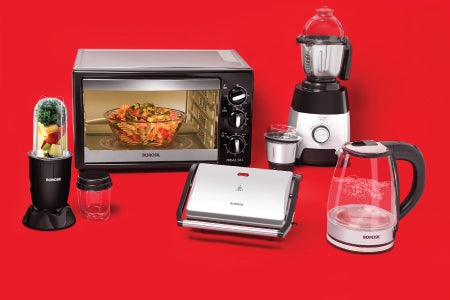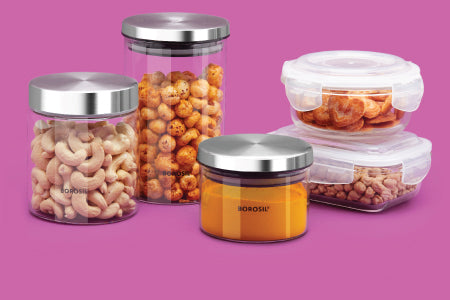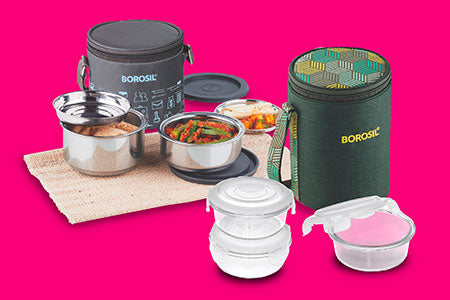
#FadorFact- Slow juicing is a health game changer
There is a whole other dictionary that health enthusiasts, self-proclaimed health gurus on social media and ardent Gwyneth Paltrow fans refer to-one that gastronomically unoriginal mortals like us don’t possess! Within the pages you’ll find words such as keto, raw, intermittent, Paleo, macro, and oh...juicing! The big one. In case you were unaware, there exists a juicing hierarchy- there is juice that your corner juice shop-wallah bhaiya extracts using a basic juicing contraption, mostly manual. Then there is juice that mom squeezes at home using your run-off-the-mill press and squeeze apparatus or an electric juicer. Now come the heavy weights- slow juicers and centrifugal juicers.

But wait, we’re not done! The debate rages whether which of the last two are the best and going by numerous social media postings, it seems that slow juicing has a slight edge over the centrifugal process. Just in case you were beginning to think that slow juicing is a yuppie fad amplified on social media and adopted by the aforementioned gurus, it may surprise you to know that it actually harks back to 1886 when a certain Mr.Walker pioneered the whole process.

In pic: The HealthPro Slow Juicer in action
Coming back to the present; to begin with, we need to understand the difference between the two processes of extracting juice. The conventional fast juicer uses a fast rotating centrifugal mechanism that breaks down fruits and vegetables into juice and separates the pulp from it in a different container. Slow juicers or Cold Pressed Juicers on the other hand crush fruits and vegetables at a very low speed (usually ~55 RPM) leaving you with juice yield that has a higher nutritional value. This is so because the low rotations per minute involved in the juicing process produces low heat which keeps the nutritional value of the produce intact. The fast juicer process involves heating the ingredients that may destroy essential minerals and vitamins, whereas the cold pressed juicing technique quite literally presses and grinds the ingredients to extract juice with minimal or no heat, keeping the nutritional components intact.
Some important perks of using slow juicing processes and drinking cold pressed juices include
It yields more juice-

The hydraulic press squeezes the fruits and juices to a maximum, resulting in high quality juices that are known to have higher nutritional value and taste natural. Cold Pressing destroys bacteria on a structural level, preserves the taste and quality that heat and chemical pasteurization destroy. You don’t need to worry about bacteria and your juice retains freshness, taste, and quality.
Can grind a wider range of ingredients-
Due to the technique used by slow fruit juicer, a much wider range of ingredients including wheatgrass, leafy greens like kale, mint, etc. can be easily churned to ensure your juice is as healthy and nutritional as possible. Slow juicers are used as both fruit and vegetable juicers due to their versatility.
Noise free
Compared to fast juicers, cold pressed juicers are much quieter, as the process is also slower
Retains Nutritional Value-

Slow juicing has the ability to efficiently extract a consistent quality and quantity of juice. When compared to fast juicers, the cold pressed juices of slow fruit juicers indicate higher possibilities of retaining more vitamins, minerals, enzymes, and taste, than any other method (except eating fresh). It’s a great way to get more fruits and vegetables into your diet easily. And now that we’ve convinced you it not just a fad, drop in to our recipes section to read and try some fabulous fruity concoctions!





















